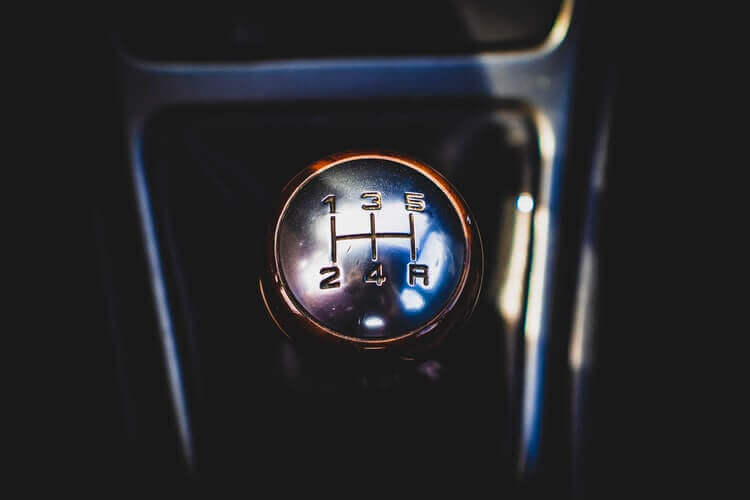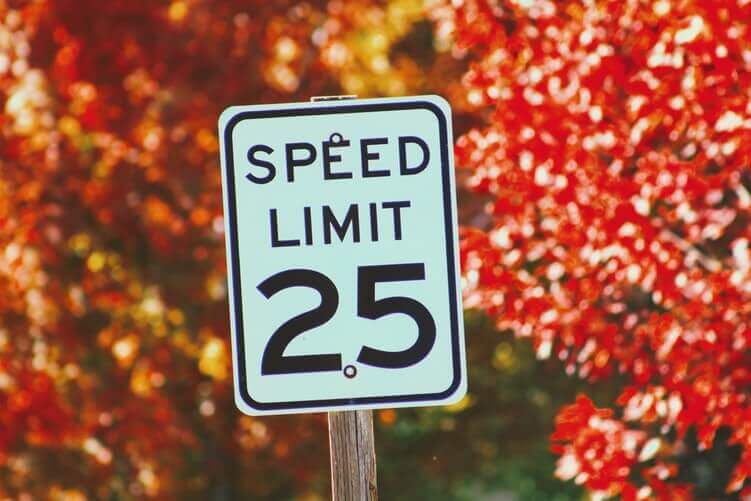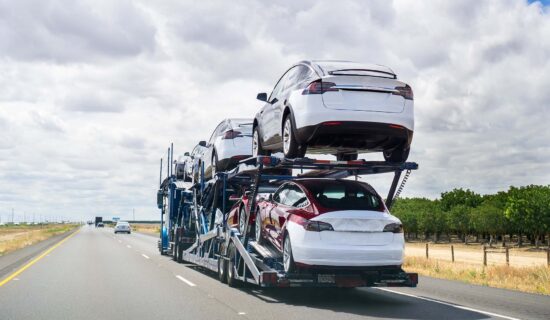Wisely Abide by Speed Limits
Statistics from the education platform DrivingTests show that crashes related to speeding cost Americans around $40 billion each year, while the price in lost lives is immeasurable. National data also shows that increasing speed by even ten mph can elevate the risk of accidents by 9%.
Being aware of your surroundings and sticking to the rules are traits of excellent drivers. By abiding by the speed limit shown on the sign, you are saving your life and not putting anybody else in harm’s way.
Although some US states have stricter laws than others, nearly three-quarters of them have an absolute speed limit, and exceeding it is a valid ground for a conviction. Reckless people who get a ticket should expect to spend at least a day in jail for the first violation and three days for their second strike.
Most states have a point system, meaning you won’t have your license suspended after the first violation. Nevertheless, almost half of the states use speed cameras that will automatically catch you and fine you if you break the limit.
Speeding doesn’t pay off even from a solely pragmatic standpoint. The average maximum cost of the fine is around $850, and this kind of activity also impacts fuel consumption. The faster you go, the more fuel your vehicle will consume. That’s why abiding by the traffic rules will keep you and your machine safe, and leave you with some money in the pocket.












